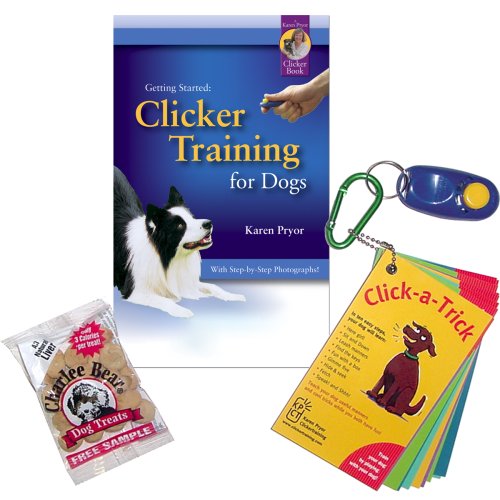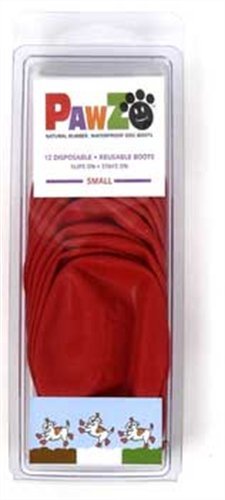
No dog owner wants to think that the day will come when this list will be needed, but it is always better to be armed with some knowledge ahead of time. Hopefully it will never come in handy, but perhaps you will be able to pass it on to someone when they are in a crisis situation.
The most important thing to remember is that you must react quickly once you realize your dog is missing. The quicker you begin to take action the more likely your search will be successful.
1.Stay as calm as possible. Try to remember the last place you saw your dog and exactly what was going on in the situation. The more details the more you will be able to piece together what happened.
2.Gather reinforcements. The more people you have to help you search for your dog, the more productive you can be. You can separate into groups and scout in different directions. Walk, run and drive around the last places your dog was seen.
3.Everyone is a witness. Talk to everyone that you see outside. It can’t hurt to approach someone and ask if they have seen your dog. The worst they can say is that they can’t help you and they might be able to give you some insight as to your pup’s whereabouts.
4.Begin preparing your flier. Make sure it has a clear, current photo of your dog right under the header “LOST DOG”. All print should be in a clear black font that is large enough to be read from a car.
5.Other points to include. Make sure you add in the phrase “do not chase”. This is incredibly important, as chasing your dog will only frighten him further than he already may be. List where your dog was last seen Remember to list a contact and specify that you would like to receive calls about sightings at ANY hour of the day or night. Also be sure to include any traits that would help describe him (scars, id tattoo, etc).
6.About rewards. Including the phrase “reward” is not needed as it only encourages the public to chase your dog. If someone finds your dog you can then provide them with a reward.
7.Where to put fliers. While telephone poles are the norm for putting up signs, you can also print up larger ones and place them on wooden sticks in the ground (like politicians do during a campaign). Make sure you ask the permission of the lawn-owners. All signs should be printed on heavy-duty paper to prevent damage from the elements.
8.Contact and distribute. Call the local animal control officer right away. Make sure you get them a photo of your dog as soon as possible. Also begin distributing the flier to local vets and other animal related businesses. You may be able to just fax or email the flier to them, but often a call beforehand to explain the situation is quite helpful. Also hand the flier out to postal workers and others who frequent the neighborhoods around where your dog was lost.
9.Map it. When calls begin to come in reporting sightings of your dog, start marking down the locations on a map. This will give you a better idea of an area within which to scout. Remember dogs can cover a great distance in a short period of time. Each spotting should be recorded and taken seriously.
10.Carry tempting items. If you do spot your dog, move slowly and calmly. Carry treats and kneel down to eye level. Speak softly and soothingly to your pup and remember to be incredibly patient. Your dog has been through an ordeal and could be quite traumatized. Hopefully your pooch will come bounding towards you as soon as you call, but it is always best to know what to do if he doesn’t.
11.Use catch phrases to lure. Sometimes your dog’s favorite phrases like “Want to go for a ride” or even “Cookie?” will help lure him to you. Don’t underestimate the value of these powerful words once you spot your dog.
12.What Now? Once you have your dog safely back in your possession the first place you should be headed is to your veterinarian for a full check up. Make sure you tell them how long your dog was lost, any medical issues they had previously and the status of their vaccinations.
We highly recommend micro chipping your pet as a permanent form of identification. If your dog is lost and is picked up by animal control or is taken into a vet clinic as a stray, it is likely they will use a scanner to locate a microchip. When the chip is read, your information will come up and you will be contacted as to the whereabouts of your dog. Many happy endings have come about due to these little chips. The process of implanting the chip is no worse than a vaccination and can be done at any point in your dog’s life. You can call your vet for more information. I would like to stress that a microchip is not a replacement for a conventional ID tag. Dogs should always wear a collar with tags listing up-to-date contact information.
 Choosing the best dog toys for your dog or puppy
Choosing the Best Dog Toys - Plus Our Favorites!
Choosing t
Choosing the best dog toys for your dog or puppy
Choosing the Best Dog Toys - Plus Our Favorites!
Choosing t
 Dogs :: 3 Reasons Why You Would Want a K9 Unit (Page 1 of 2)
K9 units or dog units are glorified in movies. If you have w
Dogs :: 3 Reasons Why You Would Want a K9 Unit (Page 1 of 2)
K9 units or dog units are glorified in movies. If you have w
 Top 10 Dogs for Apartment Living - Ten dog breeds that do well in apartments
The Top 10 Dogs for Apartment Living
“What dog will d
Top 10 Dogs for Apartment Living - Ten dog breeds that do well in apartments
The Top 10 Dogs for Apartment Living
“What dog will d
 Basic Obedience Training for Dogs: What You Ought to Know
Credit: Fran Hogan
From: publicdomai
Basic Obedience Training for Dogs: What You Ought to Know
Credit: Fran Hogan
From: publicdomai
 How to Winter Proof Your Dogs Paws
Two Products That Will Do Wonders For Mans Bes
How to Winter Proof Your Dogs Paws
Two Products That Will Do Wonders For Mans Bes
Copyright © 2005-2016 Pet Information All Rights Reserved
Contact us: www162date@outlook.com